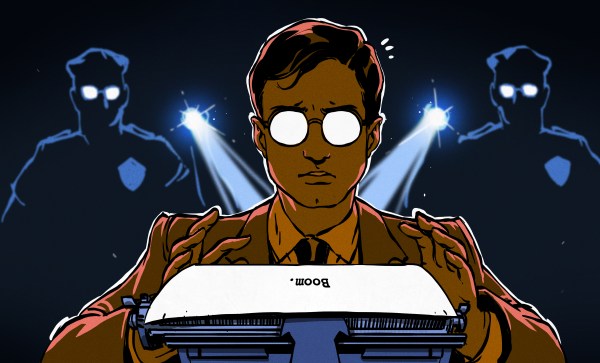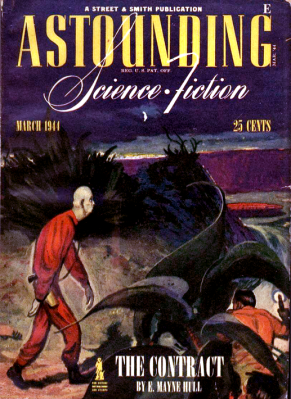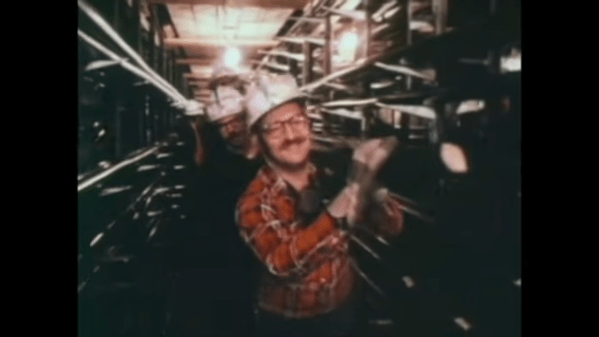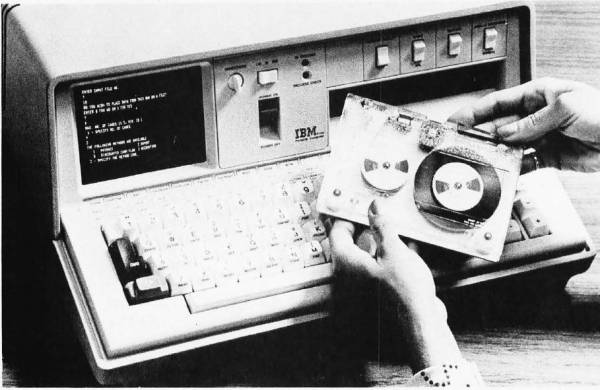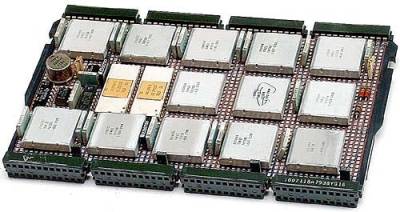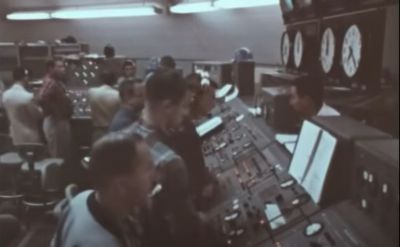
Recently the [Periscope Film] channel on YouTube published a 1960 color documentary featuring the 1958 launch of the Atlas B (SM-65B) ICBM, in its second, Missile 4B iteration. This was the second model of the second prototype, which earned the distinction of being the first truly intercontinental ballistic missile upon its successful test completion, which saw the payload plummeting into its designated part of the Atlantic Ocean. This was a much better result than the previous test of the 3B, which suffered a yaw gyro issue that caused the missile to disintegrate partway into the flight.
In this historic documentary, the Atlas B’s manufacturer – Convair – takes us through all the elements of the test range, including all the downrange stations, their functions and how all the data from the test is captured, recorded (on reel to reel tape) and integrated into one coherent data set. This includes radar data, telemetry received from the missile, as well as the data tape that the ICBM ejects from the payload section shortly before impact.
Although it’s also a promotion piece for Convair Astronautics, this does little to mar the documentary aspect, which is narrated by William Conrad, who manages to both instill a sense of technological wonder and grim foreboding against the scenery of 1950s military high-tech in the midst of a heating up Cold War.
Continue reading “Testing The Atlas ICBM: A 1958 Time Capsule Video”


